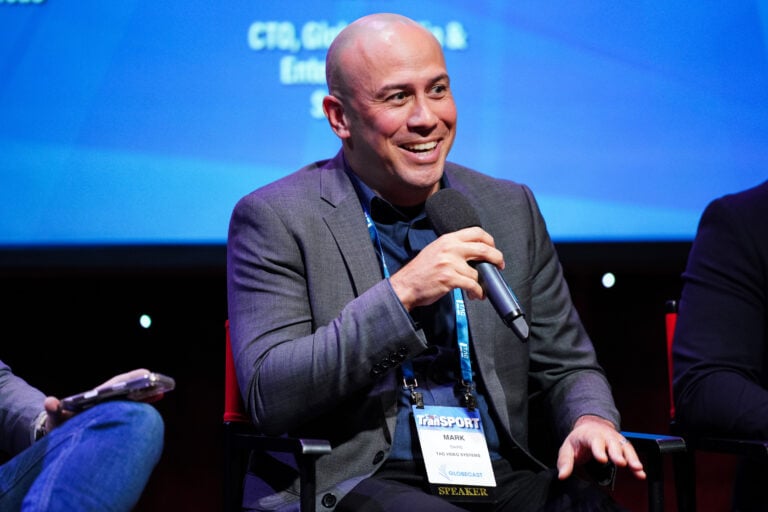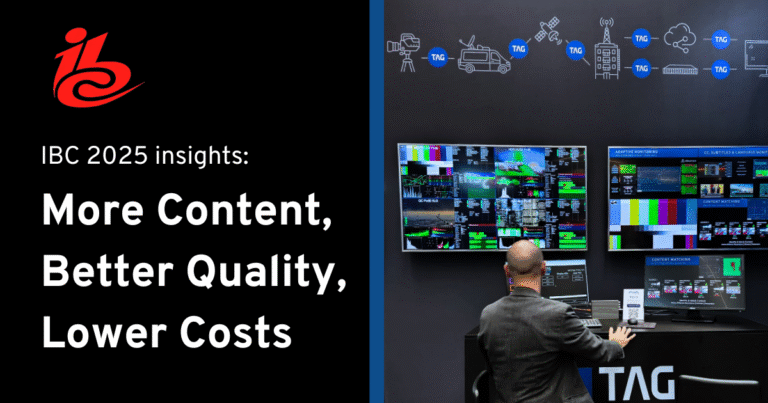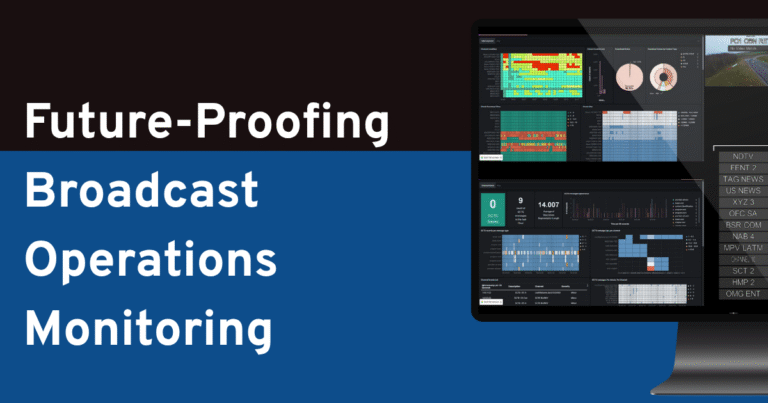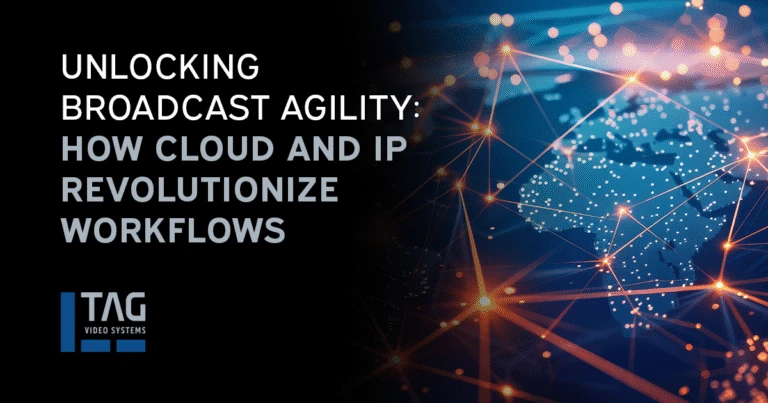In today’s fast-paced broadcast and media landscape, the term “technological debt” has become increasingly relevant. As companies strive to keep up with the relentless pace of change, many find themselves weighed down by legacy systems that were once cutting-edge but now hinder innovation and growth. This technological debt not only stifles progress but also poses significant risks to operational efficiency and business success.
The Challenge of Technological Debt
Technological debt accumulates when outdated hardware and software continue to be used long after they become obsolete. However, it’s important to note that not all legacy systems are necessarily burdensome. For many service operators and providers, if a delivery network—such as a cable system—has remained unchanged for the past decade, an older monitoring solution might still be adequate. In such cases, the system is not necessarily considered technological debt, as it continues to meet the network’s current requirements.
The challenge arises when these organizations begin to migrate to more modern, IP-native technologies. The limitations of legacy systems become apparent as the need for new capabilities, such as enhanced visualization and the ability to bring video to screens from any point in the network, reveals the need for outdated monitoring solutions. These older systems, once sufficient, now need help to keep up with the demands of contemporary media delivery.
The Future: Embracing IP-Native, Software-Based Monitoring Solutions
Many companies are turning to 100% software-based, IP-native solutions to effectively manage technological debt and future-proof their operations. These modern systems are designed to replace outdated hardware, offering unparalleled flexibility and scalability. Moving to a software-driven infrastructure, which includes advanced monitoring, probing, and visualization platforms to ensure content integrity and delivery, allows broadcasters and service providers to adapt to new technologies quickly, integrate with existing systems, and scale their operations without the constraints of legacy equipment.
These platforms’ advantage lies in their ability to support a wide range of formats, protocols, and codecs, all within a single, unified system. This approach avoids the pitfalls of siloed solutions, ensuring that media operations remain streamlined and efficient. The flexibility offered by these solutions also helps reduce the complexity of managing diverse media environments, allowing companies to focus on delivering high-quality content to their audiences.
These modern solutions differentiate themselves by enabling advanced visualization and providing the ability to manage video streams from any point in the network—capabilities that older systems simply cannot offer. This makes them essential for organizations looking to stay competitive in today’s rapidly evolving media landscape.

Overcoming the Barriers to Transition
Transitioning from legacy systems to modern, software-based solutions can be daunting, especially when faced with cultural and organizational barriers. However, the benefits far outweigh the challenges. By adopting these solutions, operators can streamline their workflows, engineers can reduce the complexity of their systems, and managers can ensure that their infrastructure is aligned with business goals.
One of the biggest challenges is the shift in mindset required to embrace new technology. Trust and collaboration between vendors and service operators are crucial. Building strong partnerships with technology providers who offer not only the tools but also the support needed to make the transition as smooth as possible is essential. Business models that eliminate surprises and hidden costs can also play a significant role in facilitating this transition.
For example, a service operator transitioning to an IP-native solution might initially need help integrating new technologies with existing infrastructure. However, with the right support and a clear strategy, these challenges can be managed effectively, minimizing disruption and maximizing the new system’s benefits.
Actionable Steps to Minimize Technological Debt
For service operators and providers looking to minimize their technological debt and future-proof their operations, the first step is to assess their current systems. Identify areas where outdated technology is suppressing progress and prioritize upgrades that will provide the most significant impact.
Next, consider the long-term benefits of moving to a software-based, IP-native monitoring solution. Platforms that offer a modular, flexible approach can grow with your business. Whether you need to monitor a handful of channels or manage a complex, multi-channel network, these platforms can scale to meet your needs.
In addition, it’s important to develop a phased approach to migration. Rather than overhauling an entire system at once, service operators can gradually introduce new technologies, allowing for smoother transitions and less operational risk. This approach also allows testing new solutions in a live environment, ensuring they meet expectations before full-scale deployment.
Finally, partner with a vendor who understands the unique challenges of your industry. Working with technology providers committed to helping clients stay ahead of the curve is crucial for navigating the complexities of modern media delivery. A strong partnership can make all the difference in ensuring a successful transition and minimizing technological debt.
Conclusion: Future-Proofing Your Business
Technological debt is a significant challenge, but it’s one that can be overcome with the right approach. By embracing IP-native, software-based solutions, service operators and providers can reduce their reliance on outdated hardware, streamline their operations, and position themselves for long-term success. With the right tools and support, the transition can be smooth, ensuring your business remains competitive in an ever-evolving industry.





